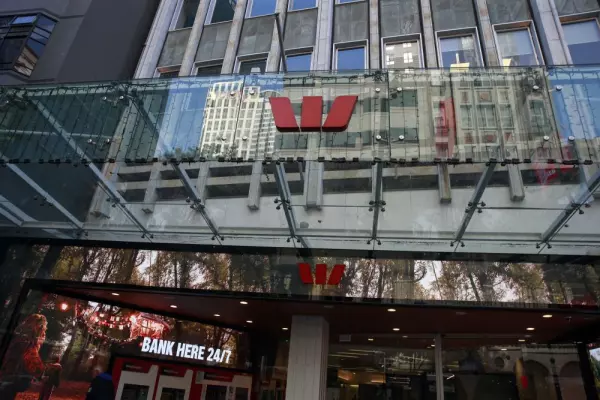The number of $50 banknotes in the hands of the public has almost doubled since March 2019 as the continuing effects of the pandemic stir up a frenzy for physical cash.
Total cash in circulation jumped by more than a billion dollars ahead of the March 2020 lockdown as banks, retailers, and individuals stocked up on physical banknotes.
It appeared the spike in demand was driven by some people hoarding cash in the same way some had hoarded toilet paper – likely out of fear of disruption to some services.
The Reserve Bank of New Zealand (RBNZ) issued roughly $800 million worth of banknotes in the weeks leading up to the nationwide lockdown, compared to just $150m in the same period of 2019.
The central bank said at the time that it expected a large portion of that increase to be returned to the central bank once the pandemic was over.
However, demand for cash continued to increase over the past two years and is likely to remain high when the numbers are reported in March 2023.
Cash deposit and withdrawal data don’t suggest much of this money had been taken out of storage and spent in the real world.
Fifty-fifty
In March 2022, half the total value of cash held by the public was in $50 banknotes, up from just 39% in 2019. The popularity of the denomination has been steadily climbing since 2013 but has been supercharged during the pandemic era.
RBNZ data showed the $20 note reigned from 1998 to 2007 when it was overtaken by the $100 note during the global financial crisis (GFC).
The $100 note was the most efficient way to store money in cash for those who were stockpiling, and demand for that denomination had flattened out since.
In 2017, the $50 note became the most popular by value.
Both Sir Apirana Ngata and Ernest Rutherford – the faces on the $50 and $100 notes – saw a significant jump in value between 2019 and 2020 in the run-up to lockdown.
However, demand for Ngata’s note continued to increase in the subsequent years, while Rutherford’s and Queen Elizabeth II’s have virtually flatlined.
Who even uses cash?
RBNZ said much of the growing popularity of the $50 note, relative to other banknotes, was due to it being the most common denomination in automated teller machines (ATMs).
Retail banks decided which notes to use in ATMs based on expected customer demand. as well as the cost of servicing and refilling the machines.
The central bank had said the growing demand for cash was hard to explain in an economy that is increasingly dominated by card payments.
“A ‘paradox’ has emerged in many advanced economies because the total amount of issued cash that is in the ‘hands of the public’ has increased significantly at a time when cash is being used less and less in transactions,” the RBNZ said.
The favoured explanation was that demand for cash as a store of value has increased, rather than a higher number of ‘grey market’ or unrecorded transactions.
In June 2022, the RBNZ began collecting data on how New Zealanders were using cash in their everyday lives.
The most recent survey, conducted this month, found that 31% of respondents hadn’t used cash in the past seven days, but only 5.9% claimed to never use cash.
A combined 39% said they had used cash once or twice in the previous week and 16% said they’d used it between three and six times.
Half of the survey respondents said they had $50 or less saved in cash, with just 14% having over $500.
Despite these low numbers, adjusting for population growth and inflation, cash in the hands of the public had increased by 155% since 1995 and 59% since 2010.
The RBNZ said growth appeared to have accelerated since 2010, averaging 4.3% per annum. In the year ended March 2022, the total value had a nominal increase of 7.6%.
“A growing demand for cash as a store of value is a potential problem for the cash system because were the stored cash to enter the economy all at once, it could be disruptive for the system.”
Inflation and population growth have been other factors contributing to the higher demand for cash. NZ dollars held offshore are also counted as cash in the hands of the public.












